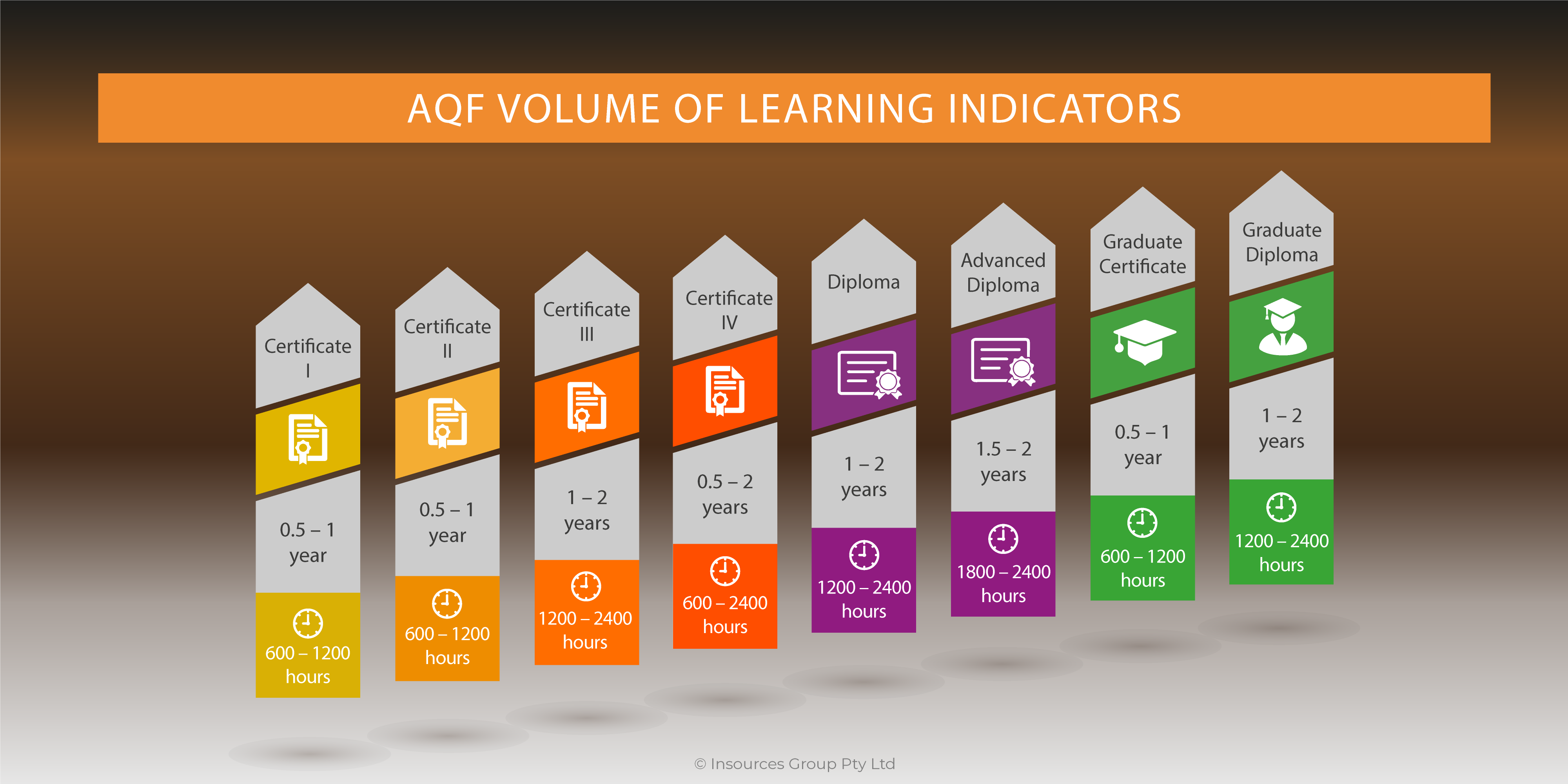 Ancient peoples invented colorful stories about powerful gods expressing themselves through the physical world. They were trying to make sense of their world, using the only tools available at the time.
Ancient peoples invented colorful stories about powerful gods expressing themselves through the physical world. They were trying to make sense of their world, using the only tools available at the time.
Similarly, educators have developed many theories about the learning process over the years. However, now that science has developed tools to test these theories, some of them are proving to be false. Learning styles is one of those former “truths” that many in the field now classify as “myth.
The Learning Styles Myth
Here is the myth in a nutshell: People can be classified based on their learning style. Once we have this information, training will be more effective if delivered in a manner consistent with each learner’s preferred style. Taken to the extreme, this would require the designer to present the same material in multiple ways—video for visual learners, audio for auditory learners, and so on.
Once this idea took hold, a whole cottage industry evolved to provide teachers and trainers tools to help them identify and apply learning styles in their work. It’s big money, but shoddy science. Let’s take a closer look.
Science Examines Learning Styles
This is how science works. We develop a conclusion based on what we know and then we go out and test it. The results of the test either validate the hypothesis, disprove it, or suggest that further research is needed. When held up to this standard, learning styles falls apart.
A recent study published in the Journal of Educational Psychology found “no statistically significant relationship between learning style preference … and learning aptitude.” Multiple studies have reached similar conclusions. As Daniel Willingham states, there is no credible evidence that learning preferences have any impact on the effectiveness of learning.
However, let’s be clear about what these studies are saying. It may well be true that each of us has a preference for how we receive information. What has been discredited is the belief that training must be aligned with that preference to ensure maximum effectiveness.
Today, many educators are still applying the learning styles concept to customize learning to the individual. We have taught a whole generation that learning should be presented to them according to their preference.
Taking Action
If you are paying for a learning styles testing instrument there is good news. You can stop paying for a useless tool and put your money elsewhere. If you are building courses in multiple modalities to satisfy different learning styles, you can save your energy and develop the most effective training for the content. If you are conducting train-the-trainer or teacher education programs, you can delete the entire learning styles chapter and spend more time on the practical applications of neuroscience to learning. If you encounter a colleague who is not yet aware that learning styles has been largely disproven, you can help them update their understanding.
Reference: Journal of Educational Psychology 2015, Vol. 107, No. 1, 64 –78




